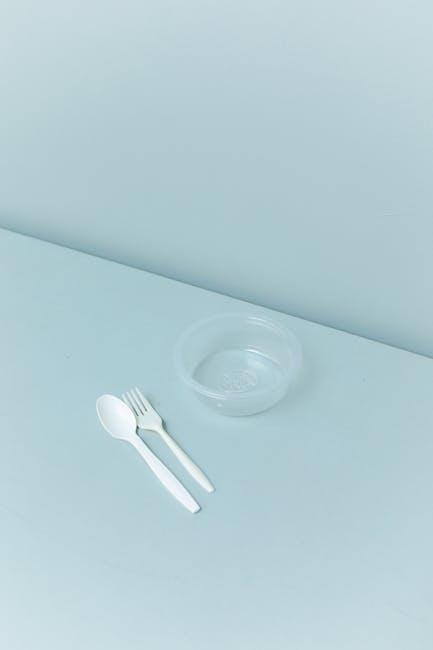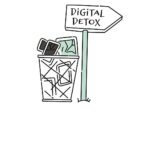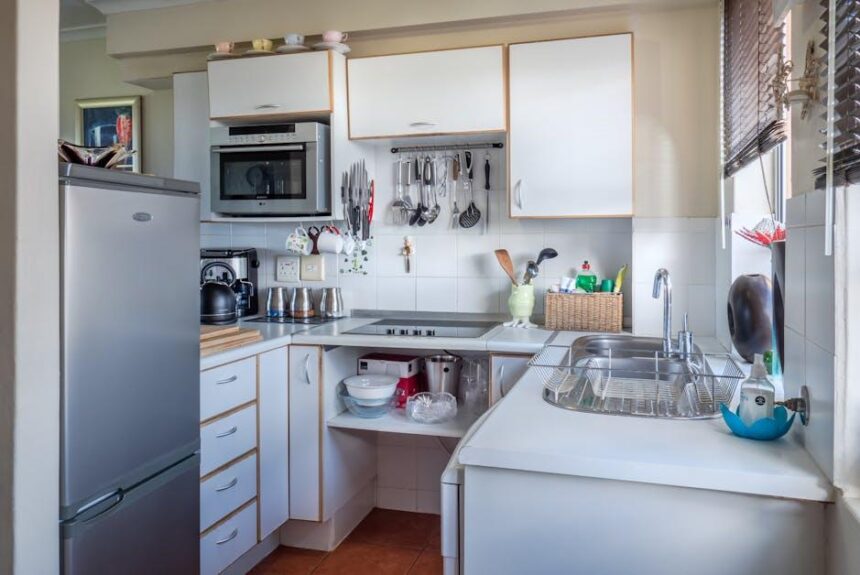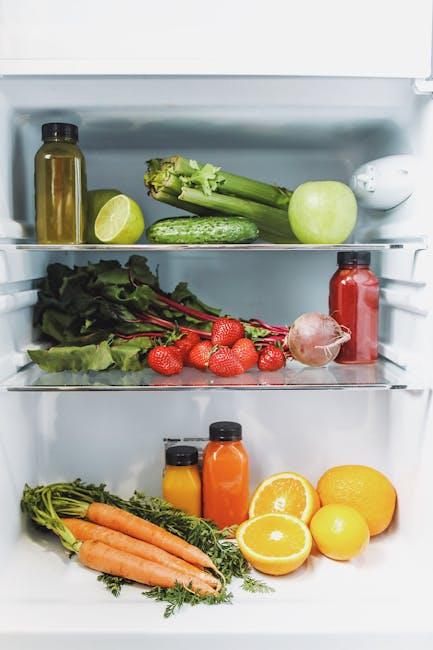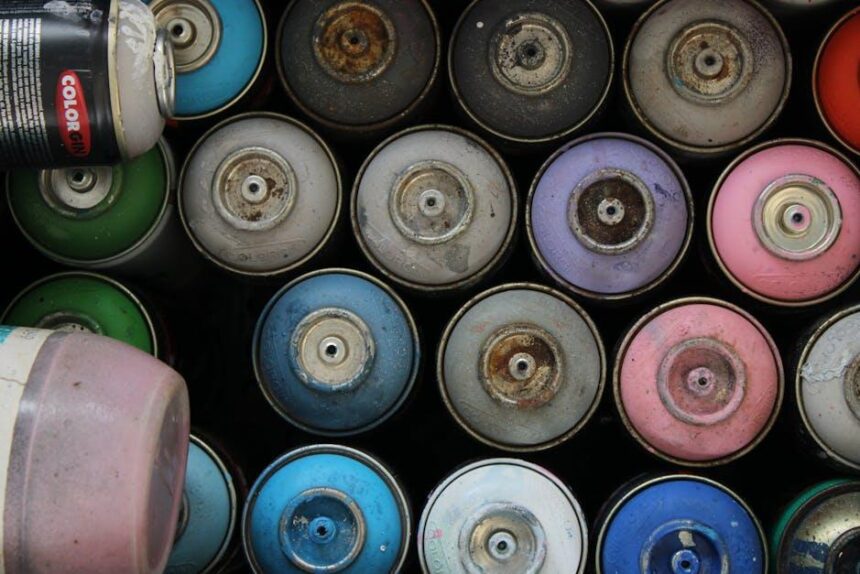In the heart of every home lies the kitchen-a bustling hub where meals are crafted, stories are shared, and daily rhythms unfold. Yet, this vital space often harbors a hidden culprit in the growing plastic pollution crisis. From cling wraps to single-use containers, plastic has quietly woven itself into the fabric of our culinary routines. As awareness grows and environmental concerns deepen, the kitchen emerges as a promising battleground for reducing plastic waste. This article explores practical and mindful ways to cut down plastic use in the kitchen, turning everyday habits into meaningful steps toward a greener future.
Choosing Sustainable Alternatives for Everyday Kitchen Items
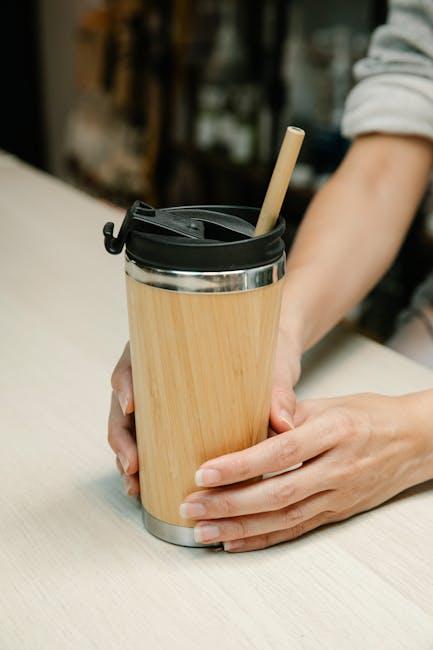
Switching to sustainable alternatives in the kitchen is a transformative step toward a plastic-free lifestyle. Consider replacing single-use plastic wrap with beeswax wraps, which are reusable, breathable, and biodegradable. Swap out plastic storage containers for glass or stainless steel options, which not only last longer but also keep your food fresher. Even small changes, like using wooden or bamboo utensils over plastic ones, can make a substantial difference in reducing plastic waste.
- Silicone lids instead of plastic cling film
- Compostable dish brushes with wooden handles
- Cloth produce bags instead of plastic bags
- Metal straws over disposable plastic straws
| Item | Plastic Alternative | Benefits |
|---|---|---|
| Food Storage | Glass Containers | Durable, non-toxic, reusable |
| Snack Bags | Silicone Reusable Bags | Washable, BPA-free, eco-friendly |
| Cutlery | Bamboo Utensils | Biodegradable, lightweight |
Smart Storage Solutions to Minimize Single-Use Plastics
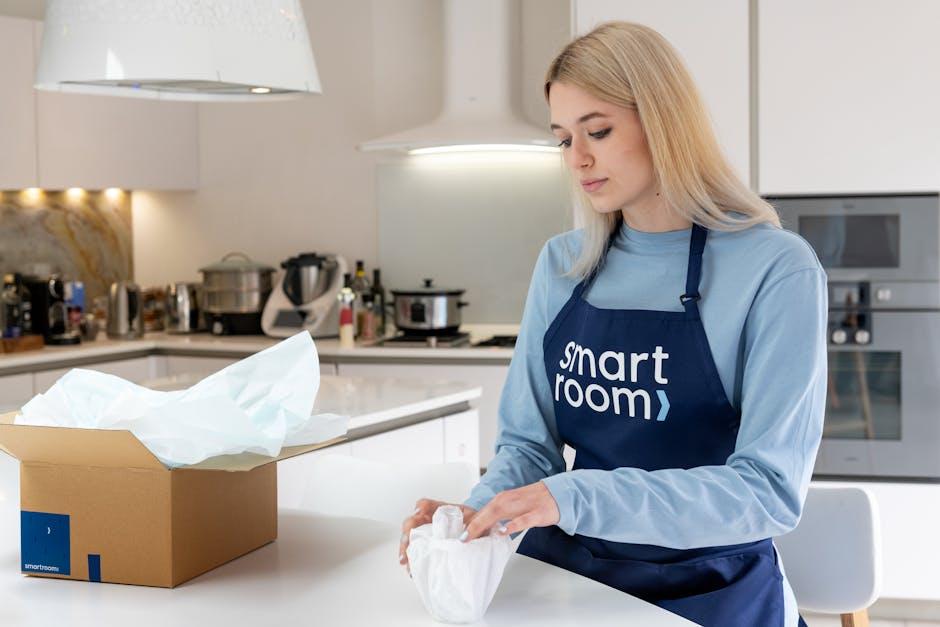
Innovative storage designs are transforming the way we think about preserving food and cutting down on plastic waste. By embracing reusable containers made from materials like glass, stainless steel, or silicone, kitchens become not only more sustainable but also aesthetically pleasing. These containers often feature airtight lids, which help keep food fresh longer, reducing the need for single-use plastic wraps or bags. Moreover, opting for stackable and modular systems maximizes limited space, encouraging a more organized and eco-friendly kitchen layout that minimizes unnecessary waste.
Smart storage solutions encourage habits that support sustainability, such as:
- Using beeswax wraps instead of cling film for sandwiches and produce.
- Choosing bulk storage jars to limit the packaging waste from snacks and grains.
- Implementing labeled containers to avoid food spoilage and waste.
| Storage Type | Material | Benefits |
|---|---|---|
| Glass Jars | Glass | Reusable, easy to clean, eco-friendly |
| Silicone Bags | Food-Grade Silicone | Flexible, durable, dishwasher safe |
| Stainless Steel Containers | Stainless Steel | Long-lasting, airtight, recyclable |
Practical Tips for Composting and Recycling Kitchen Waste
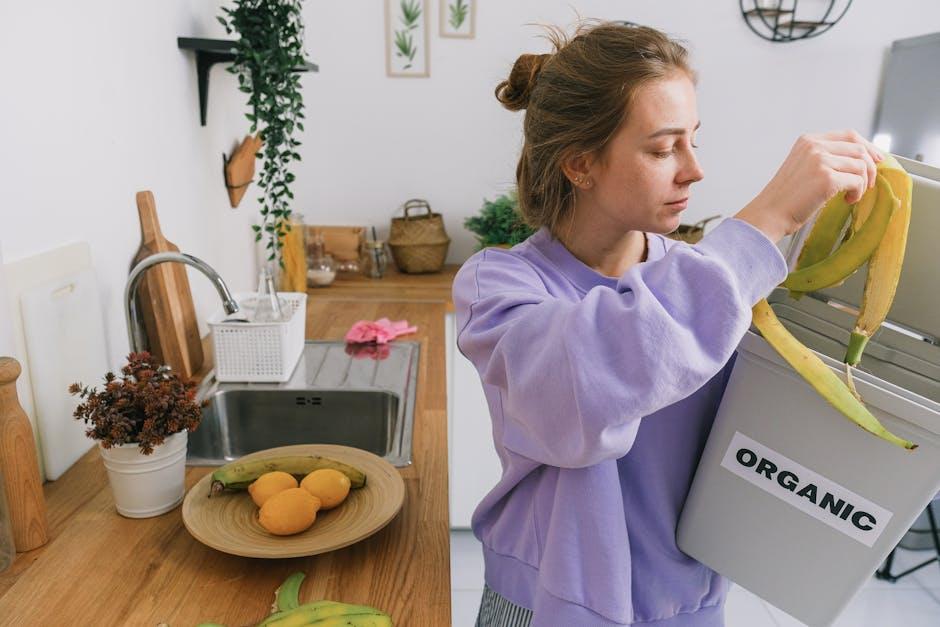
Transforming kitchen waste into a resourceful cycle starts with simple habits that anyone can adopt. Begin by designating a small bin or container for your organic scraps-peels, coffee grounds, and eggshells are perfect candidates. Avoid putting meat or oily leftovers which can attract pests. Keep this container under the sink or in the fridge to minimize odors. Once full, empty it into a compost bin or a community compost site. This practice not only reduces landfill waste but also produces nutrient-rich compost that can nourish your plants and garden.
Simultaneously, embrace recycling by organizing your kitchen waste into clear categories for paper, plastics, and glass. Use reusable containers or mesh bags to store recyclables before sending them off to local recycling centers. Consider keeping a simple guide on hand to avoid contamination of recyclables-for example:
| Item | Recycle? | Notes |
|---|---|---|
| Plastic containers | Yes | Rinse before recycling |
| Food wrappers | No | Usually non-recyclable |
| Glass jars | Yes | Remove lids |
| Paper towels | No | Compost instead |
- Rinse and dry recyclables to avoid contamination.
- Separate compostables from recyclables clearly.
- Choose plastic-free alternatives like beeswax wraps or glass containers for storage.
Creating a Plastic-Free Shopping Routine for Your Pantry
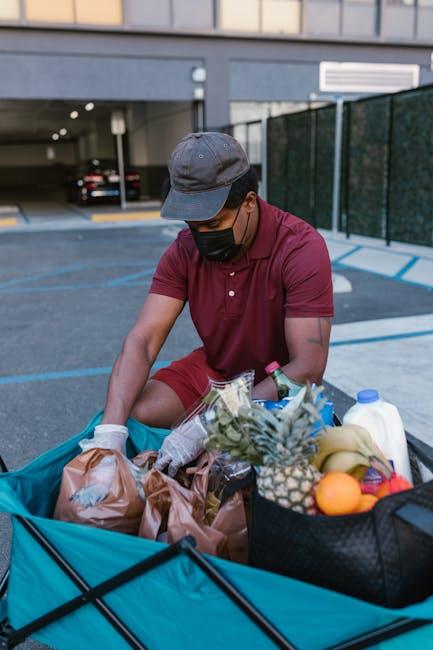
Transitioning to a shopping routine that minimizes plastic begins with rethinking the way you source your pantry staples. Start by bringing your own reusable containers and cloth bags when visiting bulk stores or farmers markets. This simple habit eliminates the need for single-use plastic bags and packaging, keeping your pantry both eco-friendly and clutter-free. Additionally, focus on purchasing items in glass jars, metal tins, or cardboard boxes, as these materials are typically more sustainable and easier to recycle. Keep a dedicated list of local vendors offering plastic-free options to make your shopping trips more efficient and rewarding.
Adopting new shopping habits can be made easier by organizing your pantry according to types of packaging and shelf life. The table below illustrates how to categorize common pantry items by their plastic-free packaging alternatives:
| Item | Typical Packaging | Plastic-Free Alternatives |
|---|---|---|
| Grains | Plastic bags | Glass jars, cloth bags |
| Spices | Plastic containers | Metal tins, glass bottles |
| Oils | Plastic bottles | Glass bottles |
| Snacks | Plastic wrappers | Reusable tins, paper bags |
- Plan your meals ahead to buy exactly what is needed, reducing impulse buys in plastic packaging.
- Choose loose produce over pre-packaged when possible.
- Engage with community swaps or zero-waste stores to support local and sustainable initiatives.
Insights and Conclusions
As we close the chapter on the journey toward a plastic-free kitchen, it’s clear that small choices can ripple into meaningful change. By swapping a few items, rethinking habits, and embracing sustainable alternatives, we not only lighten our environmental footprint but also invite a new rhythm of mindful living into our daily rituals. The kitchen, after all, is more than just a place to prepare food-it’s a space where conscious decisions can cook up a healthier planet for generations to come. So, let’s turn down the plastic and turn up the possibility of a cleaner, greener future-one meal at a time.
